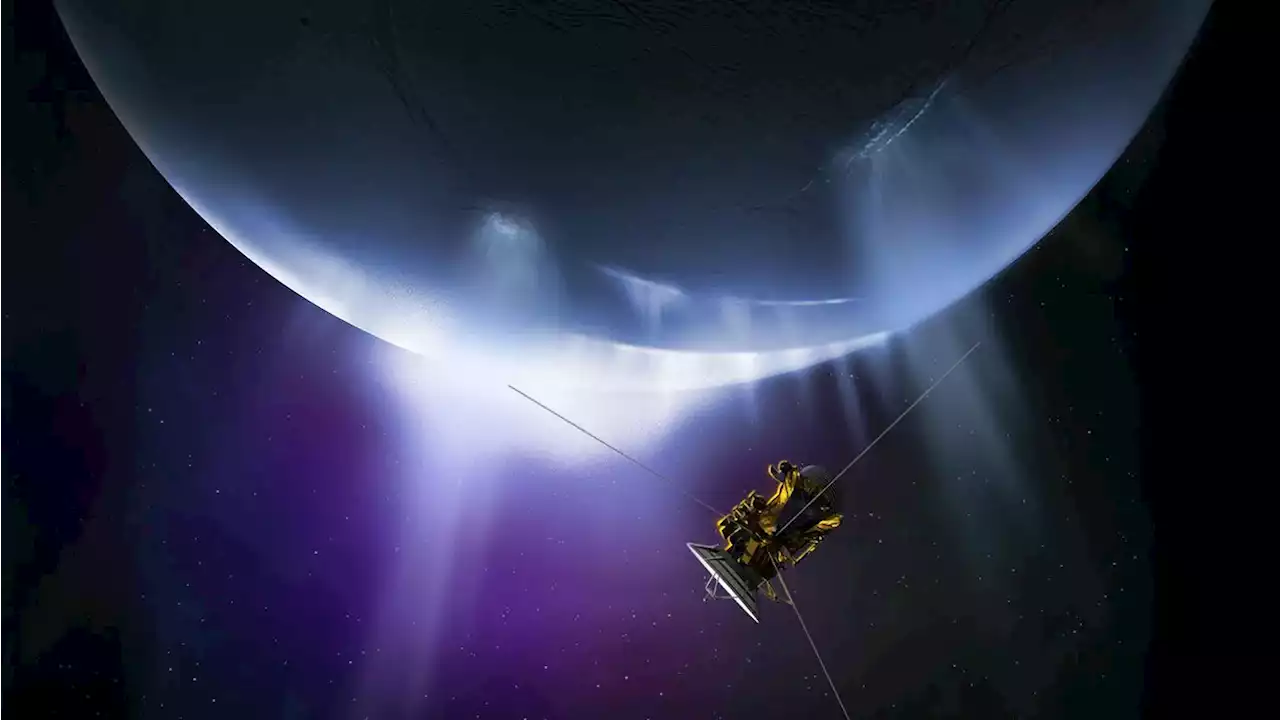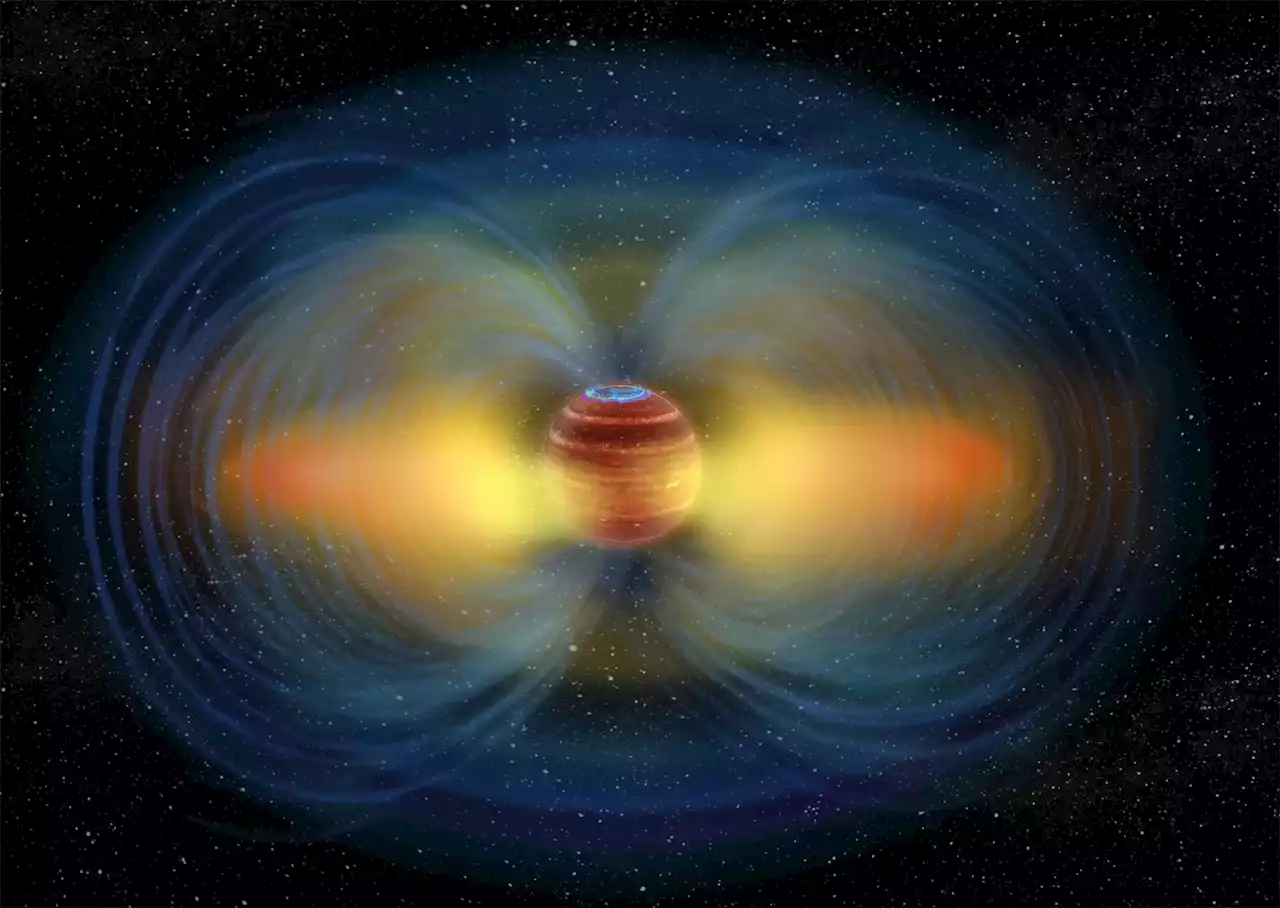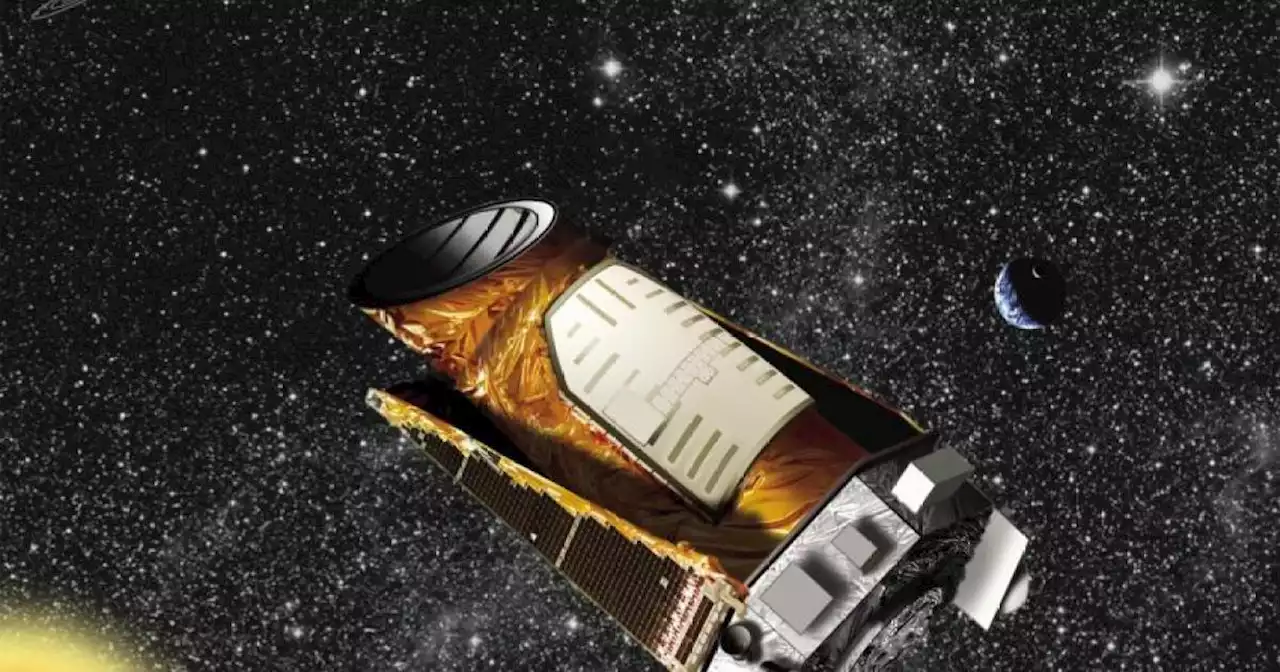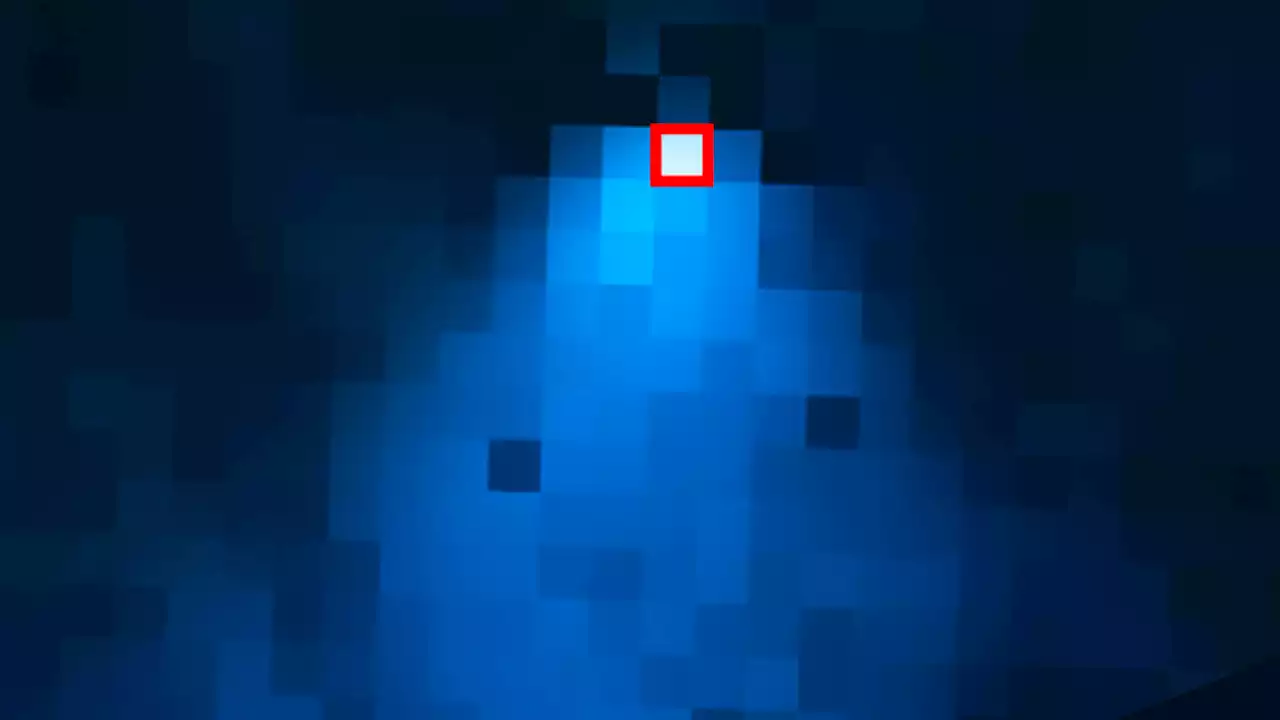Astronomers are looking for something else in this cluster that is much more elusive than its densely packed stars.
The densely packed globular cluster NGC 6325 glistens in this image from the Hubble Space Telescope. This concentrated group of stars lies around 26,000 light-years from Earth in the constellation Ophiuchus.
The Hubble Space Telescope has captured a stunning image of a distant cluster of stars that could help us better understand how such collections evolve and potentially even reveal the elusive black holes at their hearts.
United States Latest News, United States Headlines
Similar News:You can also read news stories similar to this one that we have collected from other news sources.
 Webb Space Telescope Detects 6000-Mile Water Plume Jetting From Saturn’s Moon EnceladusInteraction between moon’s plumes and Saturn’s ring system explored with Webb Enceladus—a tiny, icy moon of Saturn—is one of the most intriguing objects in the search for signs of life beyond our own planet. Under a crust of ice lies a global ocean of salty water. Jets, supplied by that ocean, g
Webb Space Telescope Detects 6000-Mile Water Plume Jetting From Saturn’s Moon EnceladusInteraction between moon’s plumes and Saturn’s ring system explored with Webb Enceladus—a tiny, icy moon of Saturn—is one of the most intriguing objects in the search for signs of life beyond our own planet. Under a crust of ice lies a global ocean of salty water. Jets, supplied by that ocean, g
Read more »
 Astronomers Find First Radiation Belt Outside Our Solar System – 10 Million Times Brighter Than Jupiter’sHigh-resolution imaging of radio emissions from an ultracool dwarf shows a double-lobed structure like the radiation belts of Jupiter. A team of astronomers has successfully observed the first radiation belt outside our solar system, using an array of 39 radio dishes. The radiation belt, found ar
Astronomers Find First Radiation Belt Outside Our Solar System – 10 Million Times Brighter Than Jupiter’sHigh-resolution imaging of radio emissions from an ultracool dwarf shows a double-lobed structure like the radiation belts of Jupiter. A team of astronomers has successfully observed the first radiation belt outside our solar system, using an array of 39 radio dishes. The radiation belt, found ar
Read more »
 Astronomers discover exoplanets in final data from Kepler | Digital TrendsThe Kepler Space Telescope was retired in 2018, after discovering 2,600 confirmed exoplanets. But now there are three more to add to the mission's total,
Astronomers discover exoplanets in final data from Kepler | Digital TrendsThe Kepler Space Telescope was retired in 2018, after discovering 2,600 confirmed exoplanets. But now there are three more to add to the mission's total,
Read more »
 Italy bets on quietest of places to host world-leading telescopeItaly is proposing a disused mineral mine in a remote corner of Sardinia to house one of the world's most advanced telescopes, hoping that the uncommon stillness of the spot will clinch European Union approval and funds.
Italy bets on quietest of places to host world-leading telescopeItaly is proposing a disused mineral mine in a remote corner of Sardinia to house one of the world's most advanced telescopes, hoping that the uncommon stillness of the spot will clinch European Union approval and funds.
Read more »
 Webb Telescope Spots a Plume of Unusual Size Spewing From Saturn's Moon EnceladusThe $10 billion space observatory is investigating ancient light as well as nearby moons.
Webb Telescope Spots a Plume of Unusual Size Spewing From Saturn's Moon EnceladusThe $10 billion space observatory is investigating ancient light as well as nearby moons.
Read more »
 China plans to land astronauts on moon before 2030, expand space station, bring on foreign partnersOfficials with China's burgeoning space program say they plan to place astronauts on the moon before 2030 and expand their space station. Monday's announcement comes amid against the background of a rivalry with the U.S. for reaching new milestones in outer space that reflects their competition for influence on global events. The U.S. aims to put astronauts back on the lunar surface by the end of 2025. The deputy director of China's space agency confirmed the twin objectives at a news conference but gave no specific dates. The agency also introduced three astronauts who will head to the country's space station in a launch scheduled Tuesday. They'll replace a crew that's been on the orbiting station for six months.
China plans to land astronauts on moon before 2030, expand space station, bring on foreign partnersOfficials with China's burgeoning space program say they plan to place astronauts on the moon before 2030 and expand their space station. Monday's announcement comes amid against the background of a rivalry with the U.S. for reaching new milestones in outer space that reflects their competition for influence on global events. The U.S. aims to put astronauts back on the lunar surface by the end of 2025. The deputy director of China's space agency confirmed the twin objectives at a news conference but gave no specific dates. The agency also introduced three astronauts who will head to the country's space station in a launch scheduled Tuesday. They'll replace a crew that's been on the orbiting station for six months.
Read more »
